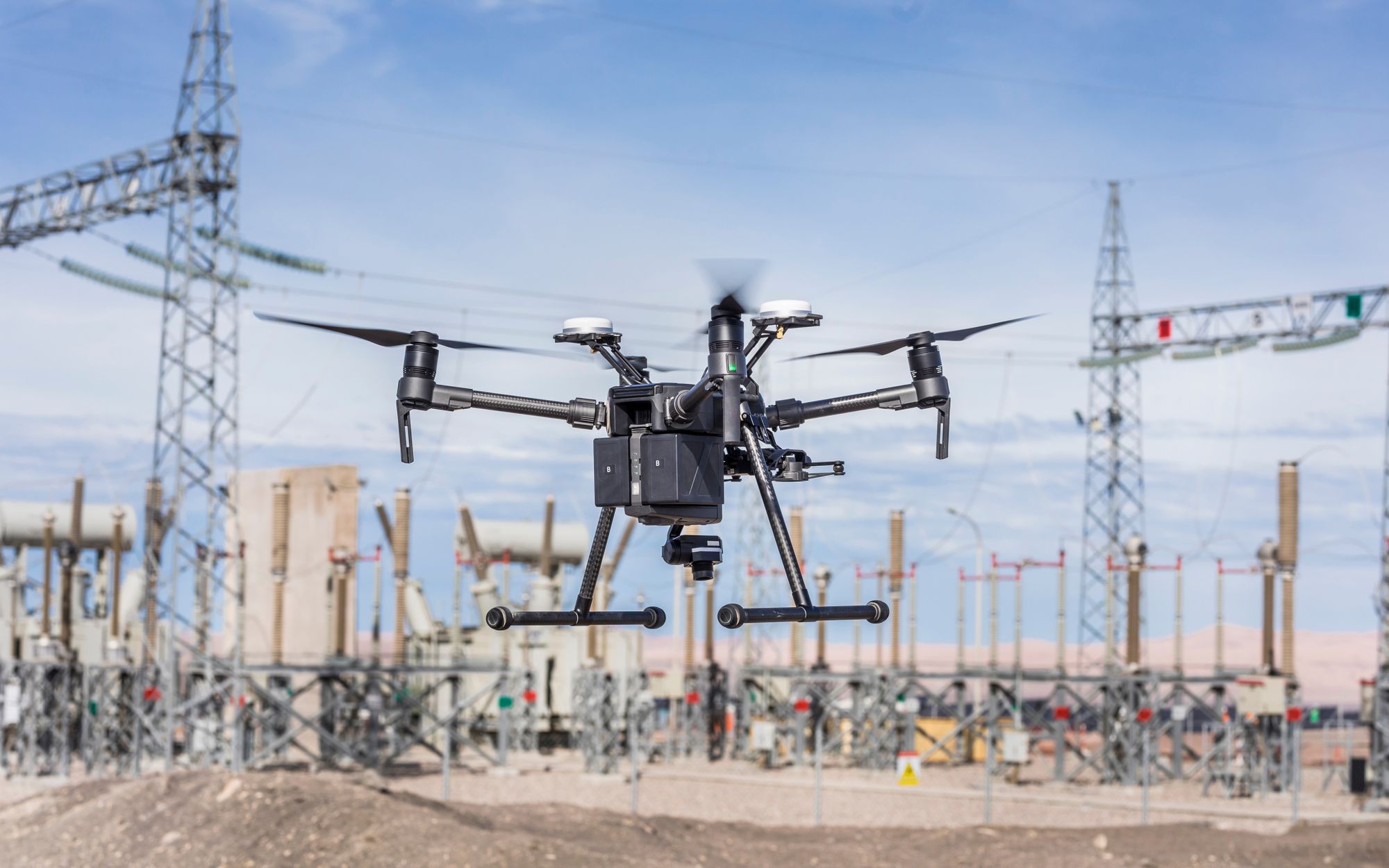The world of construction tech is growing explosively. Contracting companies can choose from solutions that address nearly every aspect of their business, from workflows to supply chains, equipment tracking and more. While the construction industry is typically slow to adopt technology, today’s construction leaders are searching for ways to create efficiencies.
Drones and unmanned aerial vehicles (UAVs) are part of that movement. They are seeing widespread adoption in the construction industry due to their versatility and ability to generate quick ROI.
Drones are helping minimize rising construction costs nationwide. A report from Rider Levett Bucknall finds U.S. construction costs rose by 5.7% in 2018, largely driven by the rising cost of labor and materials in the industry. Finding efficiencies is paramount if contracting companies are going to survive.
According to a CNBC report, drone usage in construction has grown by 239% year over year. These remote-operated aircraft aren’t just for hobbyists anymore. In fact, they are revolutionizing the way construction and infrastructure projects happen, cutting man-hours and keeping workers out of harm’s way.
What used to be seen as a toy is now a valuable construction tool. Drone technology has found its way into every facet of the construction process, from pre-construction planning to security to marketing. Here are some of the typical applications where drone technology is useful, and even more innovative uses may be on the horizon.
Surveying and Site Planning
The days of sending surveyors into the field may be coming to an end. Traditional surveying often takes place in harsh and dangerous conditions like roadsides or remote areas.
Drones take people out of accident-prone environments, leading to fewer injuries, but not at the cost of valuable data. Properly equipped drones have the ability to bring better survey results than traditional crews.
Drones equipped with modern mapping software are cutting weeks-long projects involving several workers to a matter of hours for one drone operator. Images captured via drone can create detail-rich, three-dimensional maps that arm the construction planning phase with better, more current information. As the technology continues to evolve, look for drone-based surveying and site planning to bring even more detail and efficiency to the table.
Project Management
Superintendents and foremen often feel like they have to be everywhere at once. Without the ability to monitor every aspect of the jobsite, key issues could go unnoticed, leading to mistakes and costly overruns. Stationary jobsite cameras that can be monitored from a smartphone or computer are one line of defense, but drones can give an additional vantage point.
he view from the ground is limited. But viewing a jobsite from above in panoramic detail gives a different perspective, allowing those in charge to identify problems or security issues before they become catastrophes. Drones also keep people out of harm’s way during an inspection, allowing views of work in high places without sending workers to great heights.
As more project management and workflow technologies integrate drones into their functionality, look for drones to become even more prevalent in day-to-day construction operations.
Inventory
The cost of construction materials and equipment continues to skyrocket, so keeping tabs on these items is vital to keeping projects within budget. Drones can make inventory a simple task, but they take it a step farther. Drone-captured images can measure the size of material stockpiles and provide quick analysis of how much has been used, how much remains and whether the materials are being used within required parameters. This way, superintendents and foremen can stay on top of material use and address any wasteful activity. They can also pre-emptively order more materials, preventing delays caused by running out.
By making the task of equipment and supply inventory quick and turnkey, construction companies can use resources more wisely.
Communication
Aerial footage is a great way to tell a project’s story to any concerned stakeholders. Maybe the project is publicly funded and status reports go to local governing bodies. Perhaps the owners live out of town and need updates on the project’s progress, or it might be a particularly ambitious project that a construction company can add to its marketing materials.
Drones can show the true depth and breadth of a project. When coupled with time-lapse footage of the project journey, for example, drone footage is a powerful tool to keep stakeholders happy and bring in new business.
Camera technology is only getting better. Look for higher-quality images to be delivered from smaller, lighter cameras, enhancing the storytelling ability of drone footage.
Proceed with Caution
Deploying drones for a construction company isn’t as easy as opening a box and using a remote control. Commercial drone pilots need rigorous training and must undergo FFA certification before they can use drones legally. As drones become more common in commercial applications, the regulations have become more extensive. Current regulations are on the FFA website.
However, contractors can outsource or subcontract drone use on the jobsite, hiring an experienced, licensed and insured drone pilot for a one-time flight or an extended project. Drones have the potential to injure people or interfere with air traffic, so be sure the pilots are certified and trained.
When deployed professionally and safely, drones and UAVs have the potential to produce significant return on investment for construction companies. Drones are useful in a wide variety of applications, making them a flexible solution to address safety concerns, data collection and inefficiencies on any jobsite. As the technology continues to evolve, drones have the potential to continue revolutionizing the way the construction industry plans, builds and communicates.







